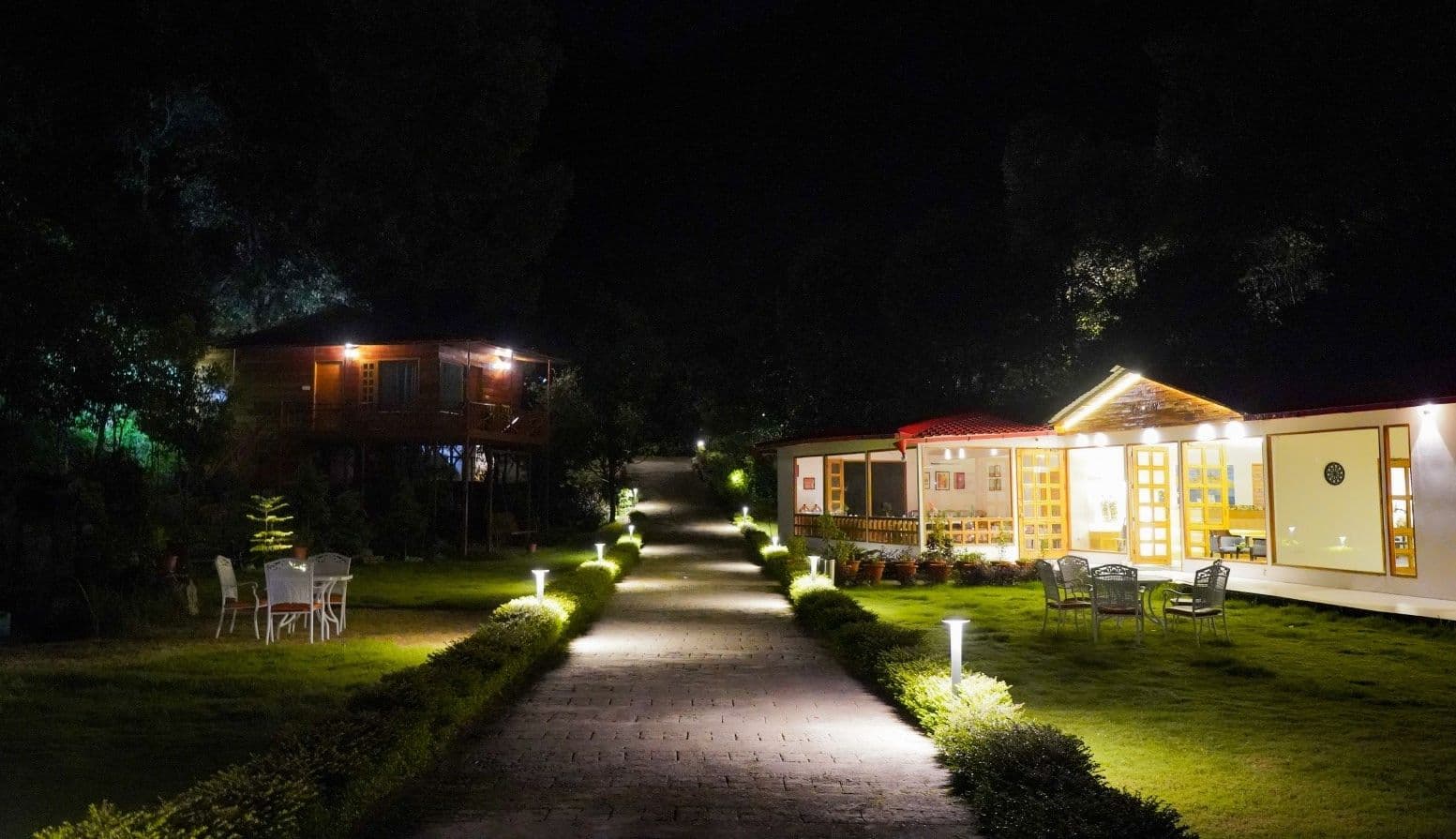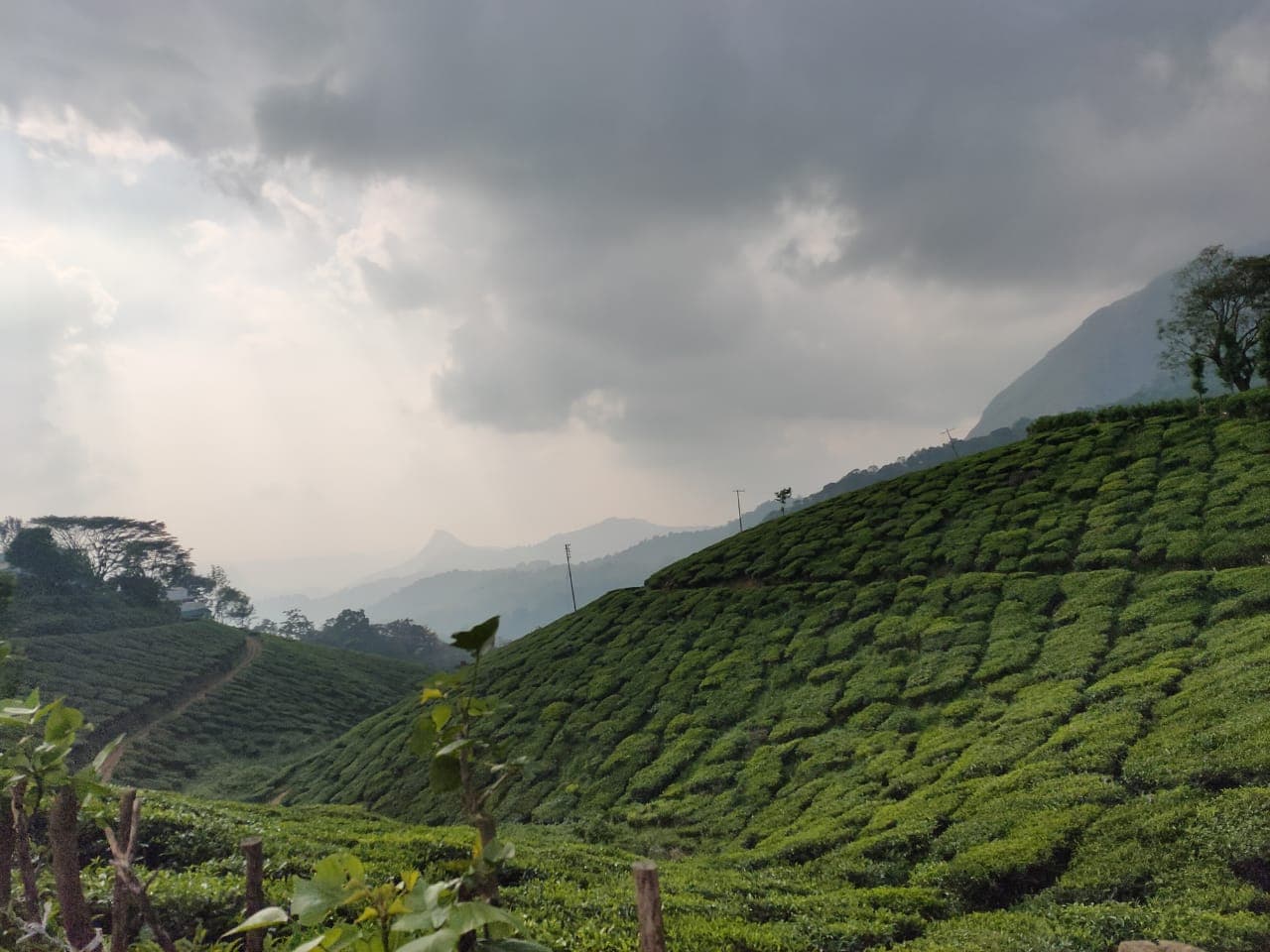Beyond the Pink City – a complete guide for Jaipur
You may wonder why Jaipur is called ‘The Pink City. The answer to this lies in Rajputana British era history. It is said that Prince Albert was supposed to visit Jaipur in 1876 and the then King of Jaipur Sawai Ram Singh II painted the city in pink hues to welcome the guest. Prince of Wales loved this hospitality gesture and named it ‘The Pink City. Since then, it became a cultural tradition to maintain the pink hues in the old portion and many constructions have a pinkish layer on stones too.
Jaipur is the capital of Rajasthan state and holds cultural and historic significance. It was founded on 18th November 1727 by Maharaja Sawai Jai Singh. Jaipur literally means place of the King Jai (founder’s name).
We all need a break for some time and wish to transport in time. Jaipur is one such budget-friendly place to have an escape and gratification for a weekend or any 2 to 3 days of your choice. Winters are the best time to visit this royal city. Jaipur attracts tourists globally and is a part of heritage tourism and is officially declared an international heritage site by UNESCO. Jaipur has established references in modern pop culture through movies, literature, and songs.
Jaigarh Fort was built by the founder of Jaipur as a part of the Kingdom which overlooks the entire city. The clock tower called Cheel Ka Teela which means Eagle’s eye is a point where you can see the entire city along with other major attractions like Amer Fort and Maota Lake. This fort situated in the Aravali hills had the world’s biggest cannon on wheels made by the military of Maharaja Jai Singh at one point in history. The entry fee to this place is 150 INR.
Raja Man Singh built Amer fort and Amer town in 1592 deriving the name from Lord Shiva who is locally known as Ambikashwara. UNESCO has declared it a World Heritage Site. The light and sound show is popular here which costs around 300 bucks and is of 52 minutes.
Nahargarh Fort was built by the founder of Jaipur in 1734 for strategic defense and stands as a testimony of Rajputana pride. The entry ticket to this place is 50 bucks. It is built on Aravali Hills and means “abode of tigers”. It is said that when it was being constructed it was haunted by the spirit of Nahar Singh Bhomia.
City Palace was built at the same time when Jaipur was established and served as a court. The entry fee varies from 200 to 3000 INR depending on which portions of the palace you would like to visit.
Jal Mahal literally means Water Palace. It is a 5-floor palace built on Man Sagar Lake and interestingly, the 4 floors are underwater. The medieval era architectural beauty of Rajputs is splendid and commendable. Visitors have prohibited entry and can witness this 18th-century monument from a distance near the lake.
Hawa Mahal literally means Palace of Winds. It was erected in 1799 by Maharaja Sawai Pratap Singh. The outer exterior portion is built like a honeycomb and has 953 windows that allow the breeze to pass. It is a 5-story monument built with red and pink sandstone. The entry fee to this place is 50 INR.
Jantar Mantar is a marvelous cultural site for the scientific observatory of the 18th century which was used to calculate the positions of astronomical bodies and eclipses. It was built by the founder and King of Jaipur. It has 19 astronomical instruments and features the world’s largest sundial. UNESCO has declared this a world heritage site. The entry fee to this place is 50 INR.
Albert Hall Museum will introduce you to the rich history, culture, and glory of Jaipur and Rajputs, and British. The entry ticket here will cost you 40 INR. Apart from the rich collection of paintings, sculptures, carpets, vintage jewelry, metal, and ivory items, and crystals, you will find an Egyptian Mummy.
Other major tourist attractions include Birla Temple, Galtaji Temple, and Bapu Bazaar. Dal Baati Churma is the popular local cuisine here. The locals here speak Hindi and Marwari. Sweets and Namkeen here are popular. Jaipur is well-connected by rail, air, and road and within the city with metro and local autos. Winters are the best time to visit Jaipur.
About Devesh Purohit:
Devesh Purohit is a Mumbai-based 7-year experienced PR Practitioner. He likes traveling and sharing his navigation experiences.
the end
You are Reading
Beyond the Pink City – a complete guide for Jaipur
You may wonder why Jaipur is called ‘The Pink City. The answer to this lies in Rajputana British era history.
Keep Reading
More articles
Udaipur – A True gem of Rangilo Rajasthan
There are just two words which can completely describe Udaipur – charismati ... Show more
Romance in the Sunset Years
Fridenstal is a hidden beauty which awaits to be discovered. I found a symb ... Show more
My trip to Kerala
One fine day, I was watching Karwaan as I love Irrfan, but the movie had on ... Show more
Top incredible things to do in Saigon
Ho Chi Minh formerly known as Saigon, is one of the most populous and busie ... Show more
All articles










